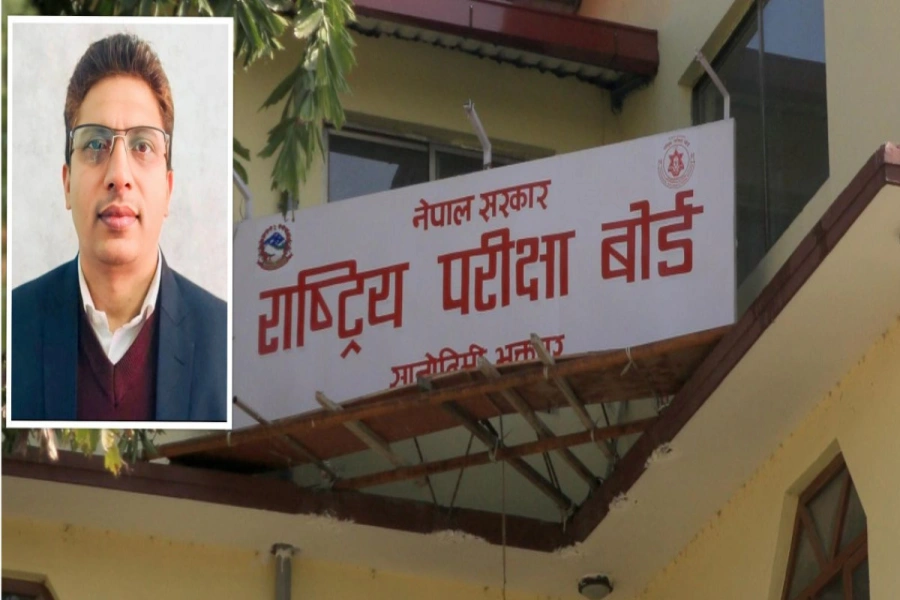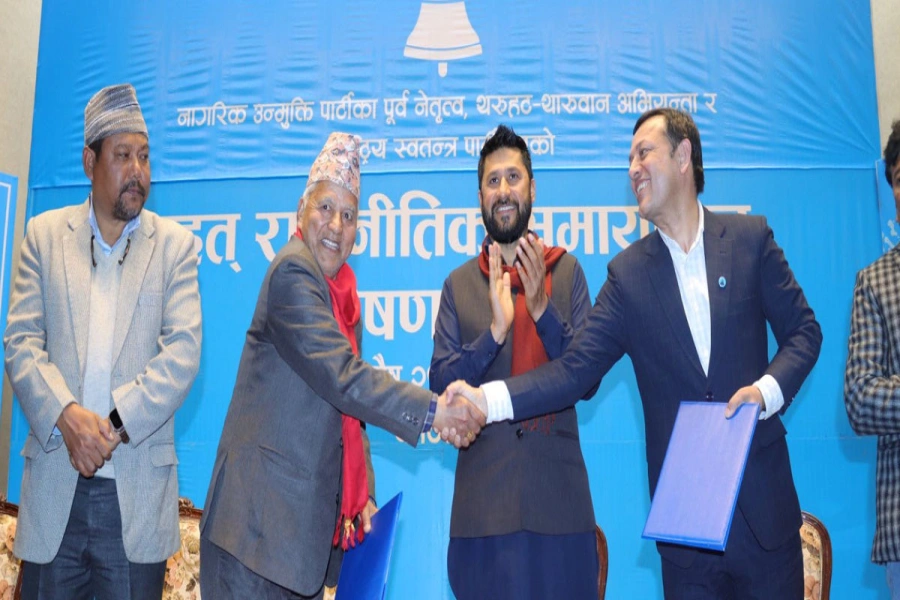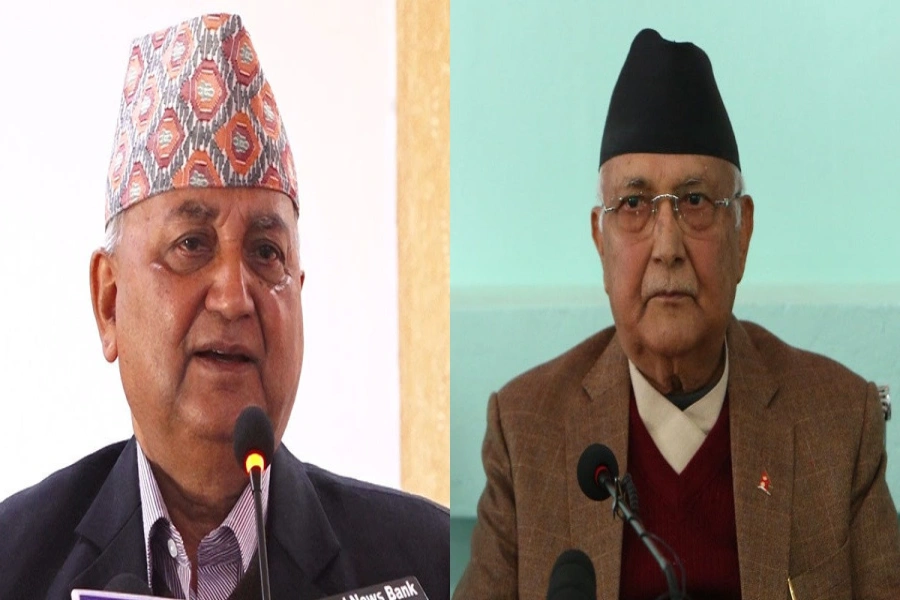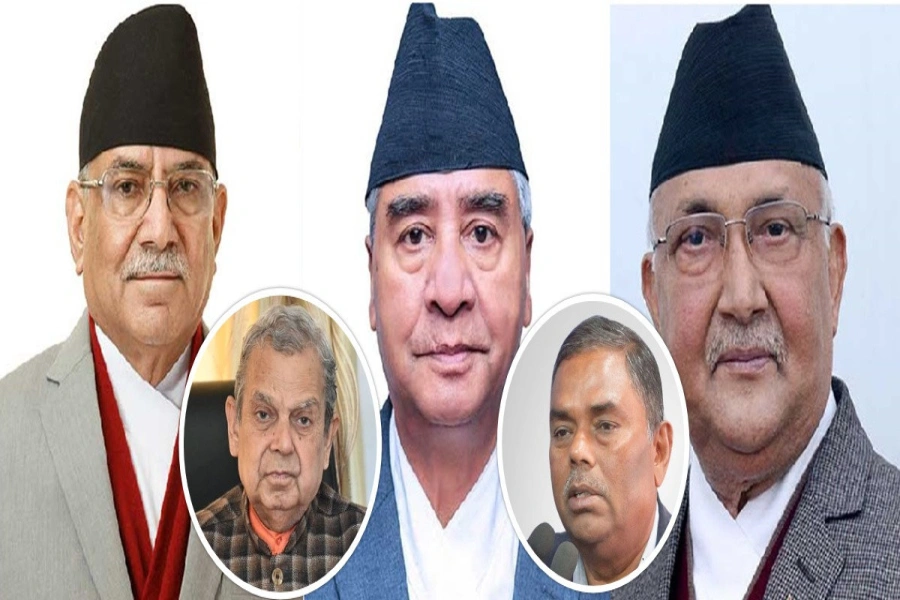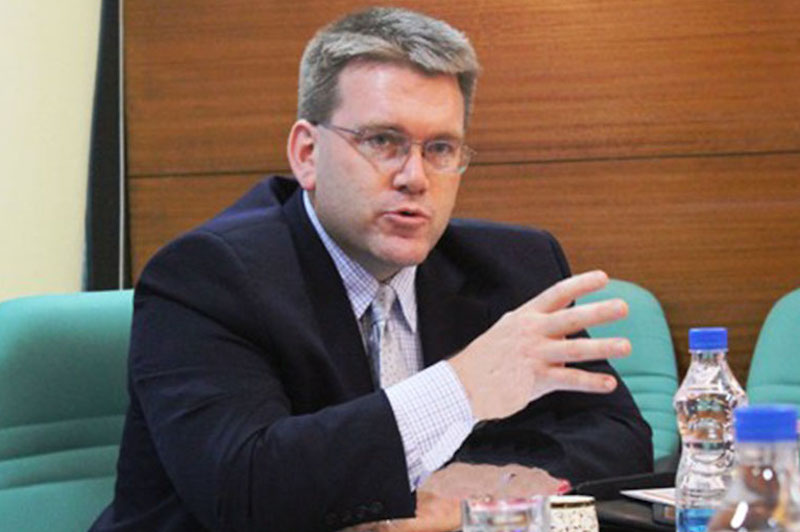The Budget sought to be many things to many people, but fiscal responsibility remained in focus
Finance Minister Nirmala Sitharaman’s first Budget of the BJP-led NDA government’s third consecutive term in power is a distinct attempt to tell India’s voters that it has heard the angst-ridden message from the country’s unemployed youth loud and clear. With the BJP having suffered reverses in the general election in the face of a concerted Opposition campaign that spotlighted issues agitating young voters such as a palpable lack of jobs, the Minister was keen to redress matters ahead of the slew of State elections later this year. Asserting that the poor, women, youth and farmers were the four ‘castes’ that this government was focused on serving, Ms. Sitharaman stressed that this year’s Budget laid particular emphasis on “employment, skilling, MSMEs, and the middle class”. As a part of this effort, a package of five schemes and initiatives have been proposed with a view to facilitating employment, skilling and other opportunities for 4.1 crore youth over a five-year period with a central outlay of ₹2 lakh crore.
The centrepiece is a scheme to provide a month’s wage as subsidy to all persons newly entering the workforce in a formal sector job, which would entail the employer registering the employee at the Employees’ Provident Fund Organisation (EPFO). The direct benefit transfer of one-month salary, subject to a cap of ₹15,000, would be made in three instalments to first-time employees. The key caveat is that the employer would have to refund the subsidy if the first-timer’s employment ended within 12 months of hiring. Other schemes are an incentive support for job creation in the manufacturing sector, one offering direct support to employers who boost the number of jobs registered with the EPFO, and another, a skilling programme in concert with States, and the private sector that leverages the existing network of ITIs to boost the employability of the youth. The fifth in this quiver of schemes, predictably credited as being under the aegis of the Prime Minister, is an interesting move to facilitate internship opportunities to the youth in 500 top companies.
What is missing in budget for agriculture?

The scheme, which appears to mirror a similar proposal contained in the Congress manifesto, entails the interns being paid a monthly allowance of ₹5,000 and a one-time assistance of ₹6,000, with the participating corporates expected to bear the training cost for the 12-month period as well as 10% of the internship allowance from CSR funds. Targeted at unemployed persons aged between 21 and 24 who are not engaged in full-time education at the time of applying, the Minister said this scheme would, over a five-year period, potentially provide one crore youth with a chance to gain exposure to a real-life business environment and varied professions. All these schemes will, however, need to be weighed against the backdrop of the fact that India needs to, on average, generate 78.5 lakh non-farm jobs annually until 2030, as the Chief Economic Adviser highlighted in his Economic Survey, largely to absorb the workforce exiting agriculture.
In yet another acknowledgment of the primacy of the political economy in policy making, Ms. Sitharaman has sought to quell the strident Opposition charge of being too cosy with large corporates by making a concerted bid to address some of the challenges faced by the lynchpin MSME sector. Beginning with a credit guarantee scheme to help MSMEs in the manufacturing sector obtain loans to finance their purchases of machinery and equipment without collateral or a third-party guarantee, the Budget’s proposals for the key employment-providing sector have been tailored to ease their access not only to debt financing and working capital, but also to business opportunities as potential suppliers to a wider pool of central public sector enterprises and large corporates. MSMEs, however, may wait to see the outcome of yet another Budget assurance by the Minister — that the government will work to further simplify the GST regime and rationalise the tax structure — before cheering, given the difficulties they encounter with the indirect tax system.
For the middle-class, Ms. Sitharaman’s menu of offerings is focused almost entirely on tax relief for the salaried. In a bid to entice more taxpayers to wholeheartedly embrace the new Income-Tax regime, the standard deduction has been raised and the tax slabs with their relevant tax rates revised so as to leave a little more money in the hands of the salaried, post taxes. Pensioners are also set to benefit by a marginal increase of ₹10,000 in the deduction allowed on family pensions.
Ms. Sitharaman’s Budget for 2024-25 yet again sticks to the government’s fiscal consolidation path, with the Fiscal Deficit proposed to be pared to 4.9% of GDP. To achieve this fiscal goal, the Minister has quietly set about paring spending on several social sectors including school and higher education that saw cuts in their shares of Budget outlays. The most egregious reduction though must be the cut in share of spending on the rural job guarantee scheme — MGNREGA — with the Budget Estimate pegging the spending on the scheme at a nine-year low share of 1.78% of overall outlay, down from 1.92% in the Revised Estimates for 2023-24.
Subsidies too across the board, from fertilizers to food and petroleum have been pared. And glaring in its absence in Ms. Sitharaman’s speech was any mention whatsoever of what was once the country’s single-largest employer, the Indian Railways. Political compulsions, as expected, resulted in significant allocations for Bihar and Andhra Pradesh, the States with the BJP’s crucial allies in power. All told, Ms. Sitharaman seems to have balanced the political and fiscal compulsions to some extent.
Source: The Hindu (India)




